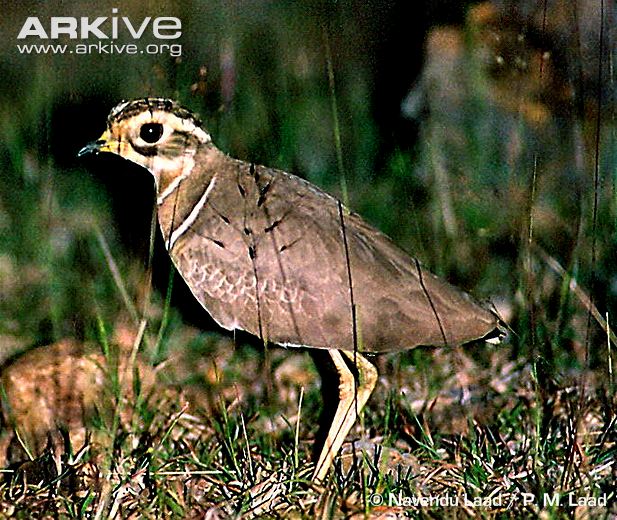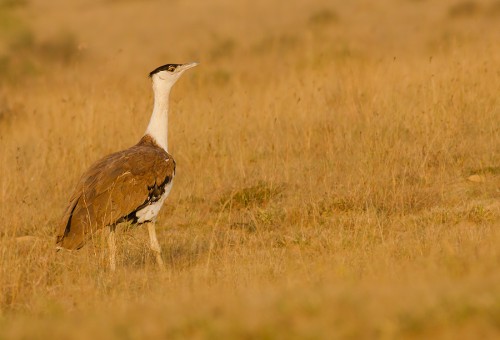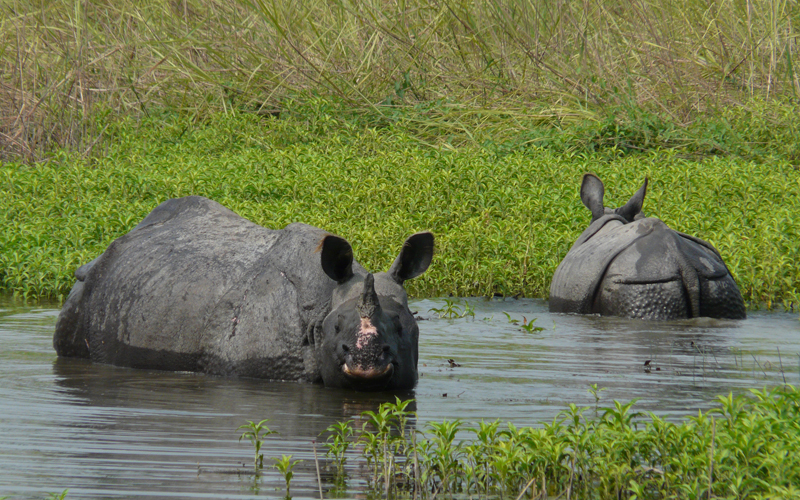 Manjira river is a tributary of Godavari river that flows in three states of India namely – Karnataka, Andhra Pradesh and Maharashtra. Of late the Manjira River running about 60 km from Hyderabad has seen a surge in freshwater crocodile population nearing 300 in number. This is a direct outcome of the efforts put in by the forest officicers to save the species from becoming extinct as the number had alarmingly fallen to less than 4 pairs in 1974.
Manjira river is a tributary of Godavari river that flows in three states of India namely – Karnataka, Andhra Pradesh and Maharashtra. Of late the Manjira River running about 60 km from Hyderabad has seen a surge in freshwater crocodile population nearing 300 in number. This is a direct outcome of the efforts put in by the forest officicers to save the species from becoming extinct as the number had alarmingly fallen to less than 4 pairs in 1974.
The DFO (Divisional Forest Officer) of Medak, Gubbala Ramakrishna Rao has been instrumental in conducting a preliminary survey of Crocodiles focussing on the problems faced by these rare fresh water creatures in the sanctuary, and finding solutions for these problems.
“It is difficult to give the actual number of crocodiles present in the sanctuary now but a conservative estimate could be of nearly 300 or even more,” he said.
The Return of the Manjira Crocodiles
Way back in 1974 the number of freshwater manjira crocodiles had reached an alarming figure with just four pairs left and on the brink of extinction. A 20 square km area between Singur and Manjira dams was declared a crocodile sanctuary then in order to save them. The effort seems to have paid off with their numbers increasing over the years.
the major problem faced by the polpulation was the safety of the eggs and the low incidence of hatching. These crocodiles frequent the nine islands crawling over to the river banks to lay eggs and to bask in the sun. Mostly they lay eggs during March and April, by digging holes in the sand. The number of eggs varies from 35-40.
Rao explained that “The mother becomes sensitive during the 50-day hatching period as it hardly moves around since protection of eggs becomes her only concern. On hearing of cracking of the first egg, she goes to the other eggs and breaks them herself. Then she helps the newborns to move towards water. However, the survival rate is very low. In spite of strict protection, the eggs are eaten away by birds, snakes and other animals. The newborns too face serious survival problems.”
Protecting the Mothers
Andhra Pradesh forest department was really keen on saving the crocodiles and their babies. The mother-to-be crocodiles were therefore watched constantly by four trackers that the department hired for the very purpose. Their job was also to warn the villagers and farmers to stay off the limits. This simple move made a huge impact in the population of the species.
The Manjira is also called Manjira Birds sanctuary because of the presence of native and migratory birds. With crocodiles growing in number in recent years, the department has thought of developing this to an eco- tourist spot.
“When Ranganathittu Wildlife Sanctuary (near Karnataka) which is spread over only 67 hectares can generate so much of interest among tourists, why not Manijra Crocodile Sanctuary, which has more number of crocodiles and birds, cannot be developed in similar lines,” Rao asked.
Hitesh Malhotra, cheif wildlife warden said that the possibility of opening Manjira Crocodile Sanctuary for visitors is being discussed. Though a preliminary survey of enumerating reptiles in the Manjira dam in a random fashion has been carried out by the DFO, many more details have to be worked out while launching the eco-tourism project, he added.
The story of the comeback of the Manjira crocodiles from the brink of extinction shows how clever planning and simple execution can create the difference between life and death.
Related Stories:
Sharks Facing Grave danger due to Indiscriminate Fishing
Hyderabad Zoo Second Best in the Country
Karnataka Launches Major Afforestation Scheme
Article reference: TOI






Not a big croc fan, but these amphibious reptiles have a role to play in the balancing act of Nature – happy to read this amazing success story.